MYCELIUM GOLD
MYCELIUM GOLD - You may think the only way to find gold is to dig it out of the earth - but what about the tiny amounts of it we carry around with us every day in the form of electronics? Currently, much of the available gold leaf used in gilding is extracted via methods that are environmentally and ethically unsustainable. At Tilia Gilding, the environment is a priority, which is why we have initiated the Mycelium Gold project. This is an art project that will extract gold from e-waste using mycelium, the delicate roots of fungus, to create an environmentally responsible eco-gold. This interactive art installation will promote new ways of thinking about recycling and waste – producing gold that is good for the gilding community and good for the planet!
Concept previsualisation of the MYCELIUM GOLD art installation, 2.5m long x 1.5m high
Its an observation Ecosystem with glass panels so we can watch the mycelium transmuting the E-Waste into gold.
Most of the gold leaf we use for gilding is not made or beaten in the UK; it is imported from sources that are often ethically and environmentally questionable. Gold mining is a worryingly toxic activity, which relies on toxic chemicals such as cyanide and mercury, causing massive destruction of the land and pollution of the water. Moreover, gold is a non-renewable resource, meaning we can’t keep mining it from the earth forever.
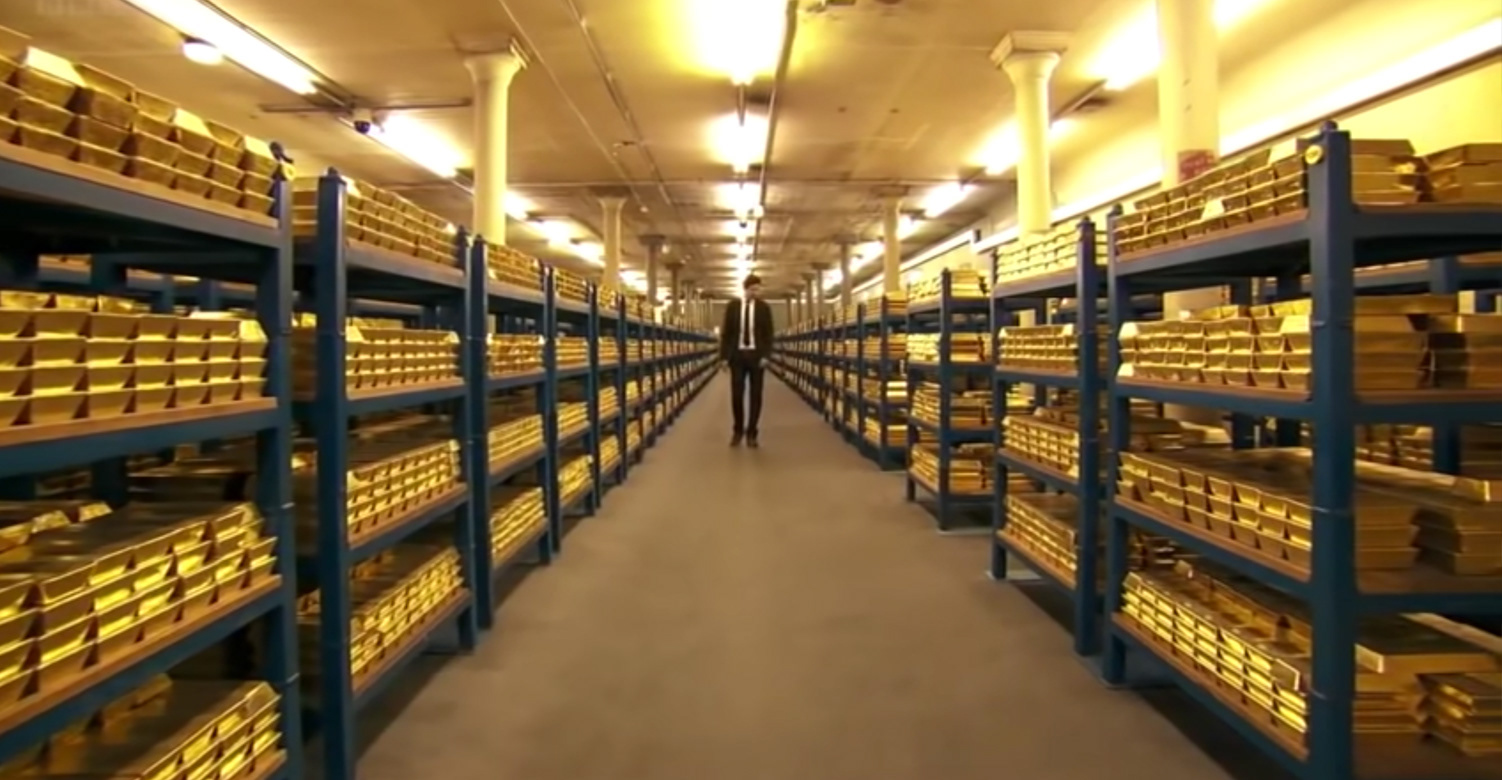
There are 400,000 bars of gold, worth over £200 billion. A typical gold bar weighs around 400 troy ounces (12.4kg), so that equates to a total weight of 4880 tones. The Bank of England is the second largest keeper of gold in the world. As of 2019, the vault housed approximately 497,000 gold bars, with a combined weight of about 6,190 tons.
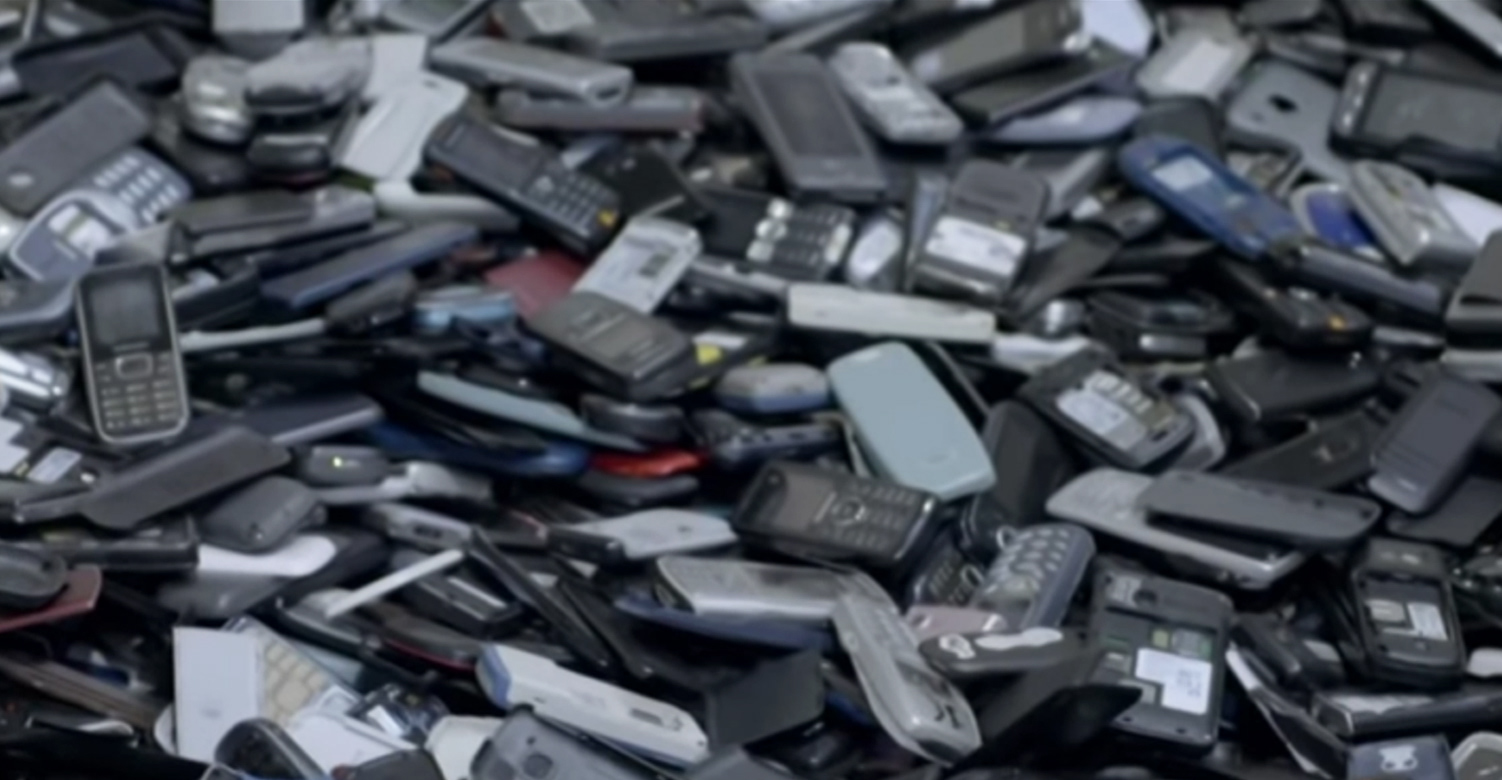
We can recover Gold, Silver, Palladium, copper, as well as 69 elements from the periodic table. In nature you don't find Gold and palladium together but here they are found in the same appliance. So this is a rich mine. Mercury, cadmium, lead and berilium, also present in E-Waste
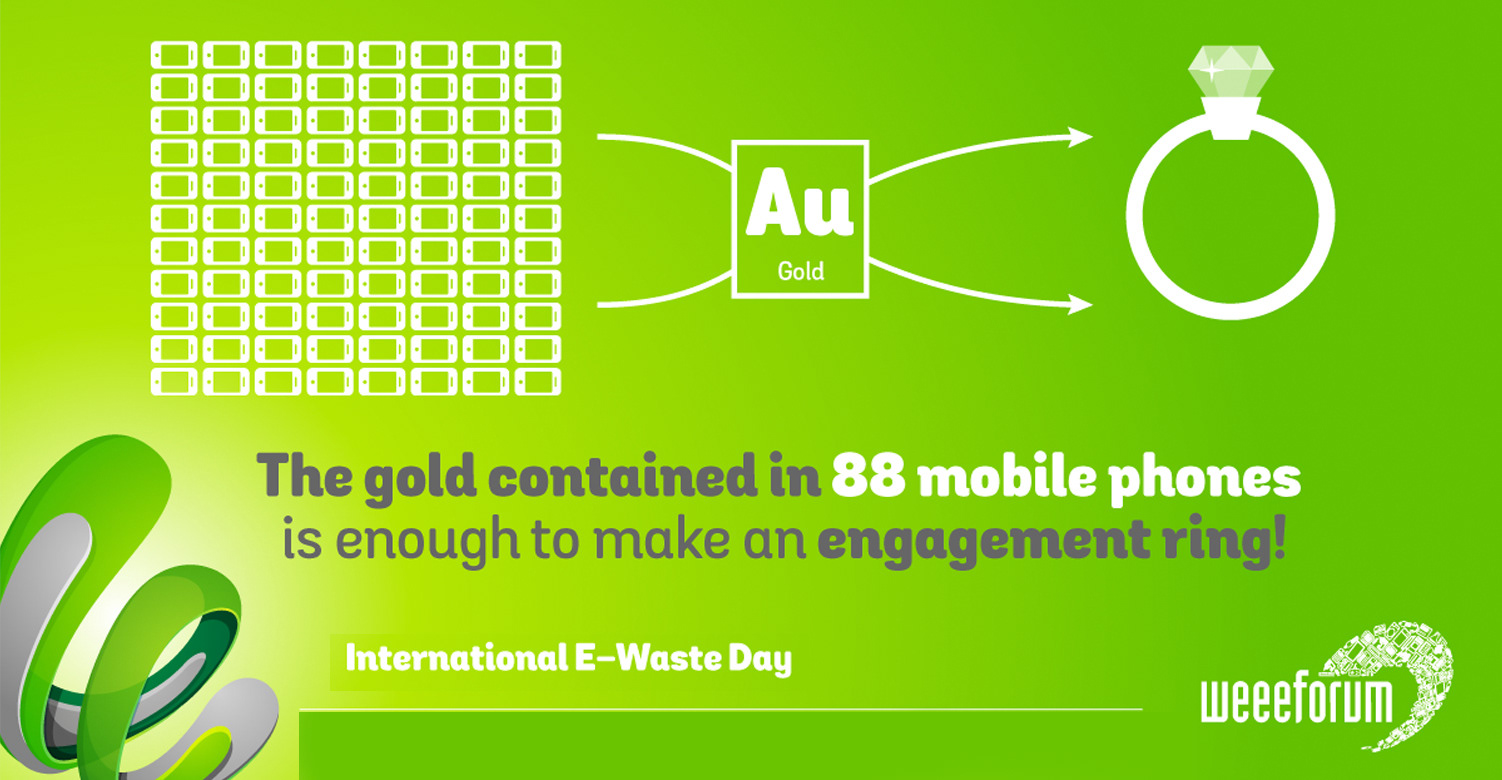
53.6 million metric tonnes of electronic waste was generated worldwide in 2019. Only 17.4% of 2019’s e-waste was collected and recycled. https://weee-forum.org
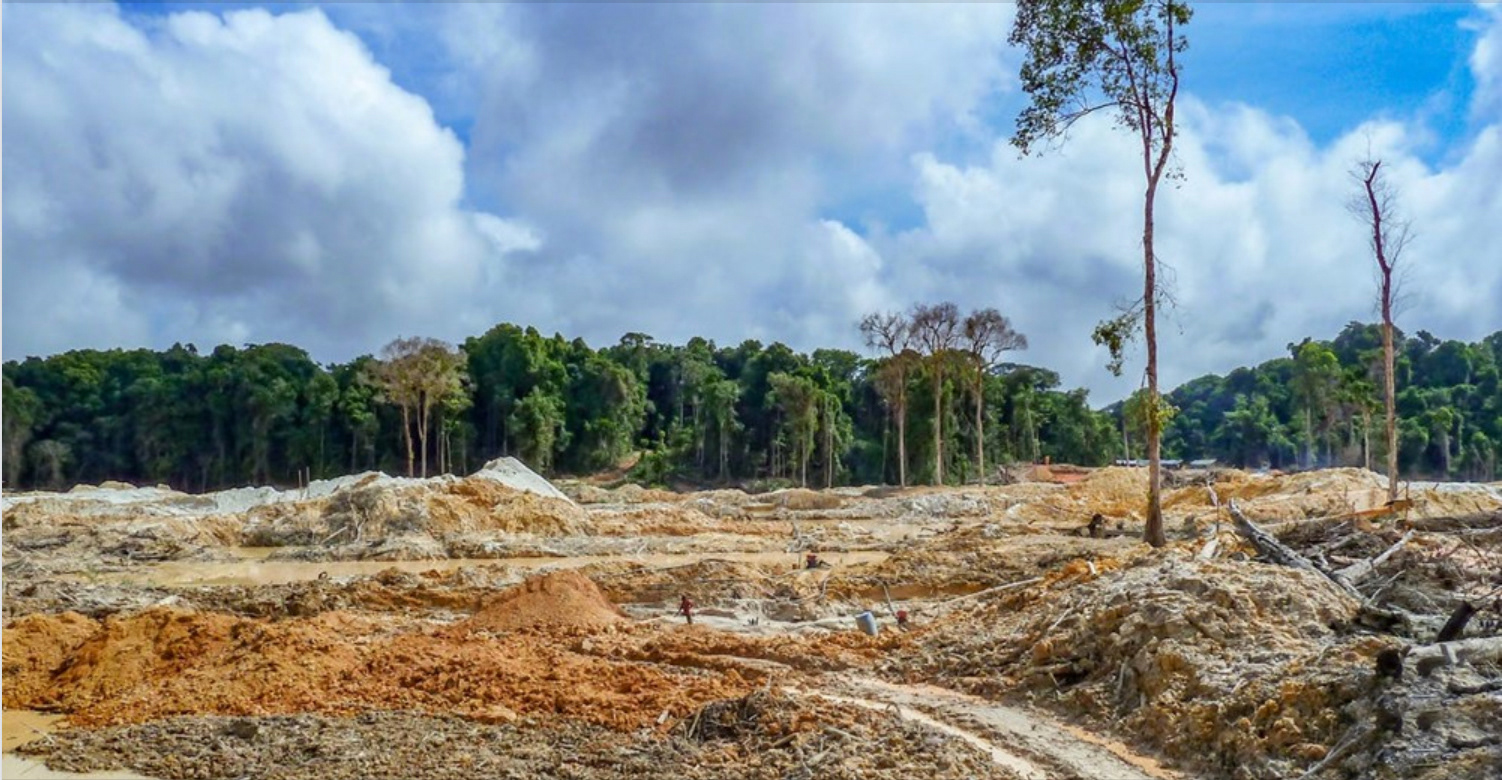
Devastating deforestation of the Amazon Rainforest due to Gold mining. The scars can be seen from space. Deforestation is bringing malaria to the local people while the cyanide used in the gold extraction process pollutes the waterways, poisoning the people and causing significant environmental damage.
Urban mining from secondary waste offers an alternative, allowing us to both recycle our e-waste and to avoid mining more precious metals from the earth. E-waste (Electric and Electronic Equipment, or WEEE) includes any device that uses electricity, such as laptops or smartphones, which have within them precious metals gold, silver, palladium and more; in fact, one million recycled cell phones contain approximately 3.4 kg of gold, 330 kg of silver and 16 tons of copper! Put another way, there is enough gold in 88 cell phones to make a wedding ring! Likewise we have to destroy 10 tons worth of land (the Amazon rainforest for example) to also...make one ring! Using mycelium to extract the gold from
e-waste is an environmentally friendly method of urban mining called bioremediation.
e-waste is an environmentally friendly method of urban mining called bioremediation.
here's how it works:
For this art experiment we collect all the donated mobile phones and e-waste we can find. We take out all the little gold components using screwdrivers and pliers. This is then ground up into a powder and fed into a bed of mycelium. The fungus produces an enzyme which absorbs the heavy metals and breaks down the plastic waste, but not the gold. The gold is so inert it attaches itself to the mycelium threads. It will then be easy to separate the gold from the mycelium.
The scientific research and development for Mycelium Gold are currently underway, and we would love to have you involved in this exciting and important project!
Investment is needed to fund the research and development, to hire a sterile lab for growing the mycelium, and for essential tools & equipment. If you have any questions or would like to offer valuable insight to the project, please write to us.
If you'd like to find out how to invest
MYCELIUM GOLD
Email us at:
MYCELIUM GOLD
Email us at:
Tiliagilding@gmail.com
www.Tiliagilding.com
References:
Awasthi, A., Hasan, M., Mishra, Y., Pandey, A., Tiwary, B., Kuhad, R., ... & Thakur, V. (2019). Environmentally sound system for E-waste: Biotechnological perspectives. Current Research in Biotechnology, 1, 58-64.
Bindschedler, S., Bouquet, T., Job, D., Joseph, E., & Junier, P. (2017). Fungal biorecovery of gold from e-waste. In Advances in applied microbiology (Vol. 99, pp. 53-81). Academic Press.
Gadekar, J. Extraction of gold and other precious metals from e-waste. International journal of pharmacy & pharmaceutical research, 24-33.
Madrigal-Arias, J., Argumedo-Delira, R., Alarcón, A., Mendoza-López, M., García-Barradas, O., Cruz-Sánchez, J., ... & Jiménez-Fernández, M. (2015). Bioleaching of gold, copper and nickel from waste cellular phone PCBs and computer goldfinger motherboards by two Aspergillus nigerstrains. Brazilian Journal of Microbiology, 46(3), 707-713
Gadekar, J. Extraction of gold and other precious metals from e-waste. International journal of pharmacy & pharmaceutical research, 24-33.
Madrigal-Arias, J., Argumedo-Delira, R., Alarcón, A., Mendoza-López, M., García-Barradas, O., Cruz-Sánchez, J., ... & Jiménez-Fernández, M. (2015). Bioleaching of gold, copper and nickel from waste cellular phone PCBs and computer goldfinger motherboards by two Aspergillus nigerstrains. Brazilian Journal of Microbiology, 46(3), 707-713
...more
International E-Waste Day - 14 October 2020 - https://weee-forum.org/iewd-about/
International E-Waste Day - 14 October 2020 - https://weee-forum.org/iewd-about/
https://www.facebook.com/groups/myceliumgold
GOLDEN WATER GONG
Projects featuring the Golden Water Gong 2019-2020

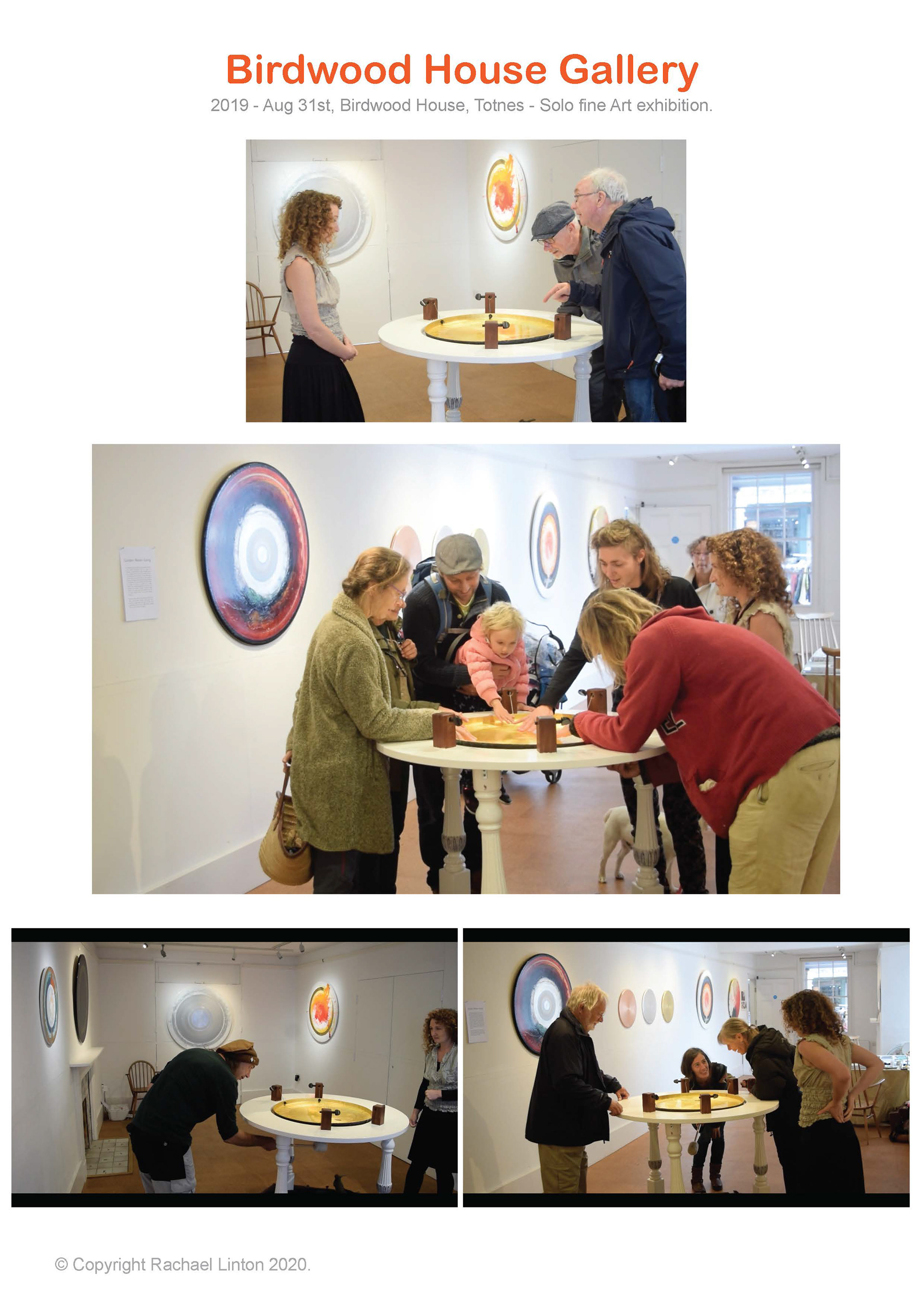




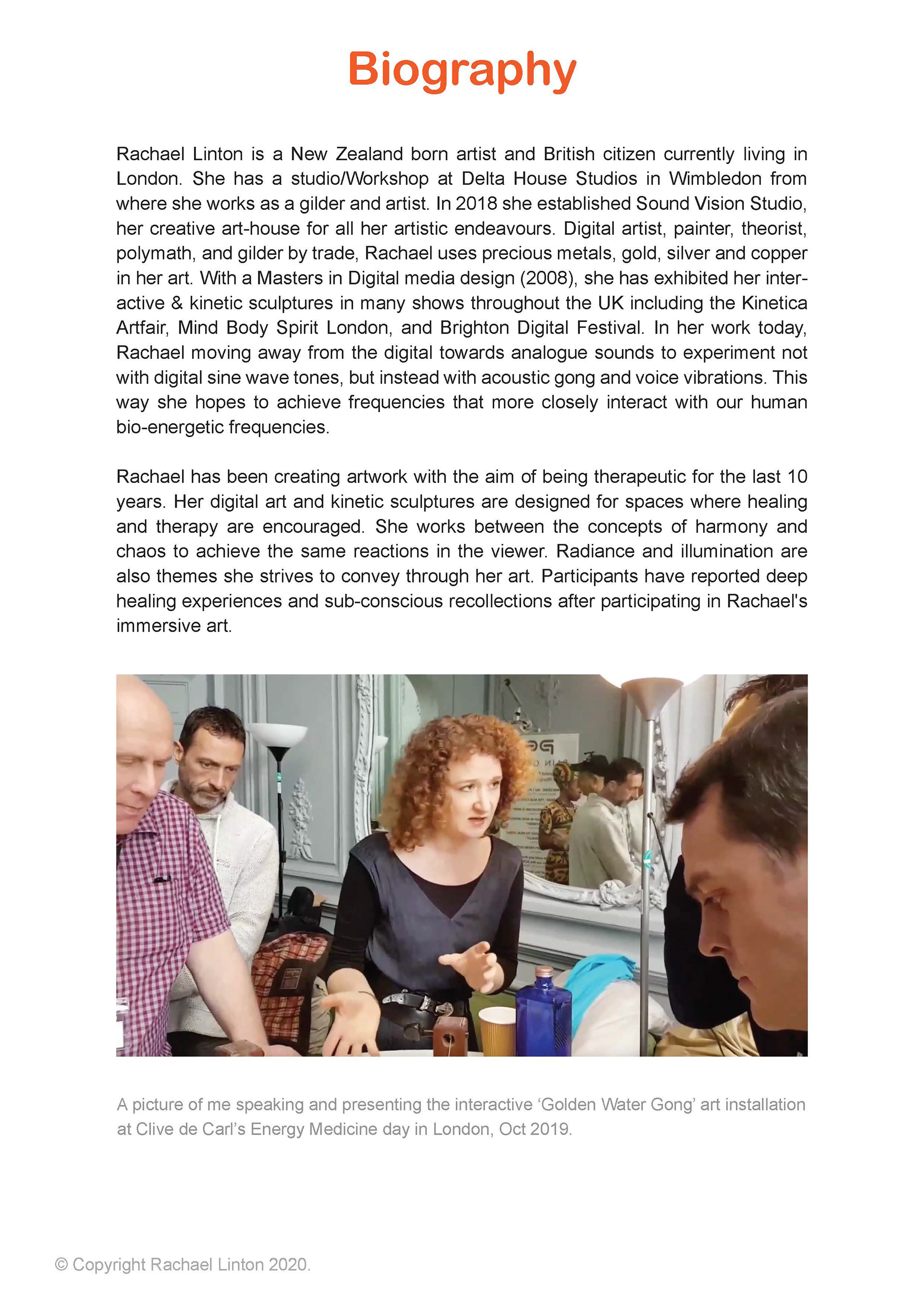





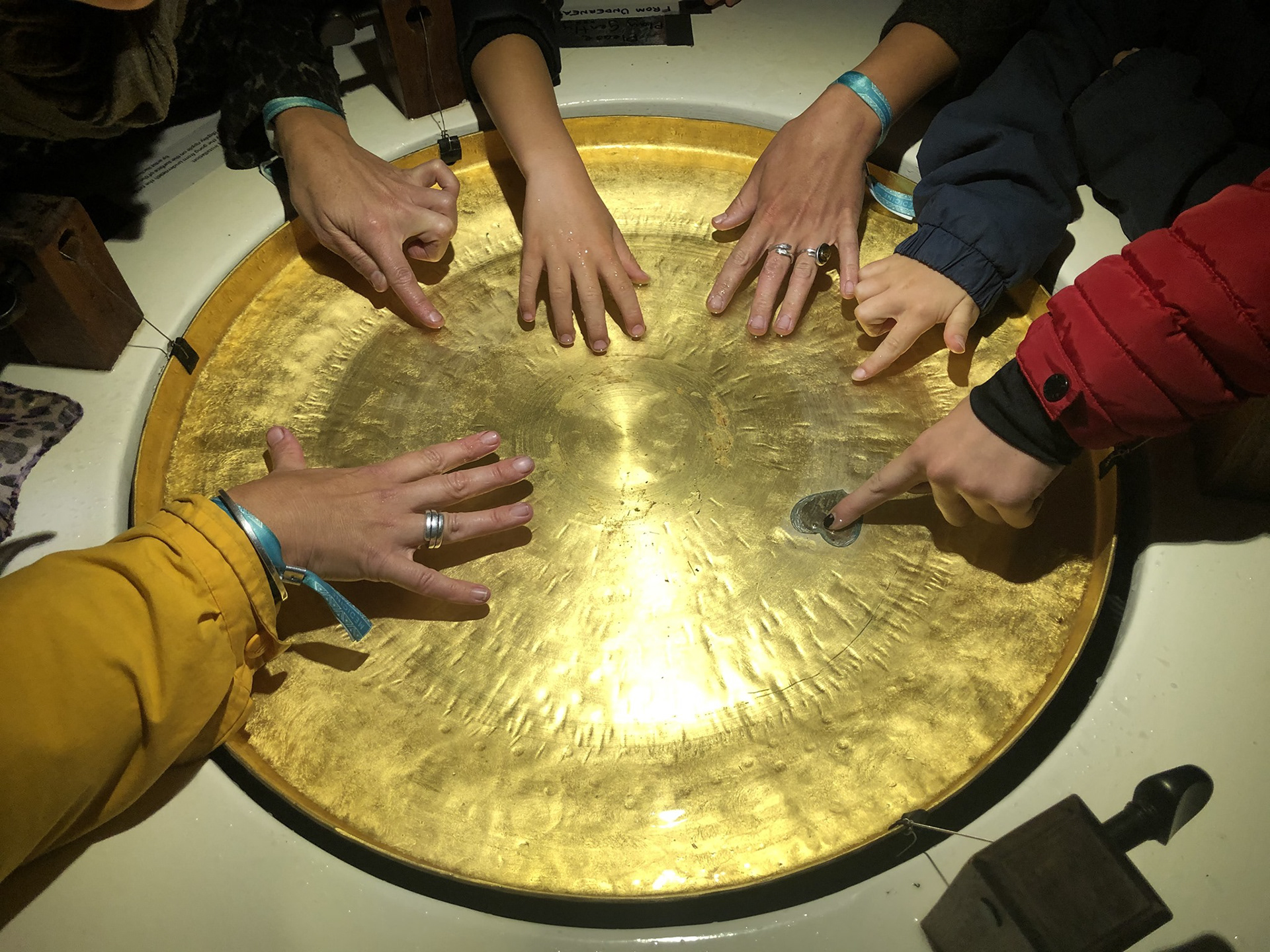

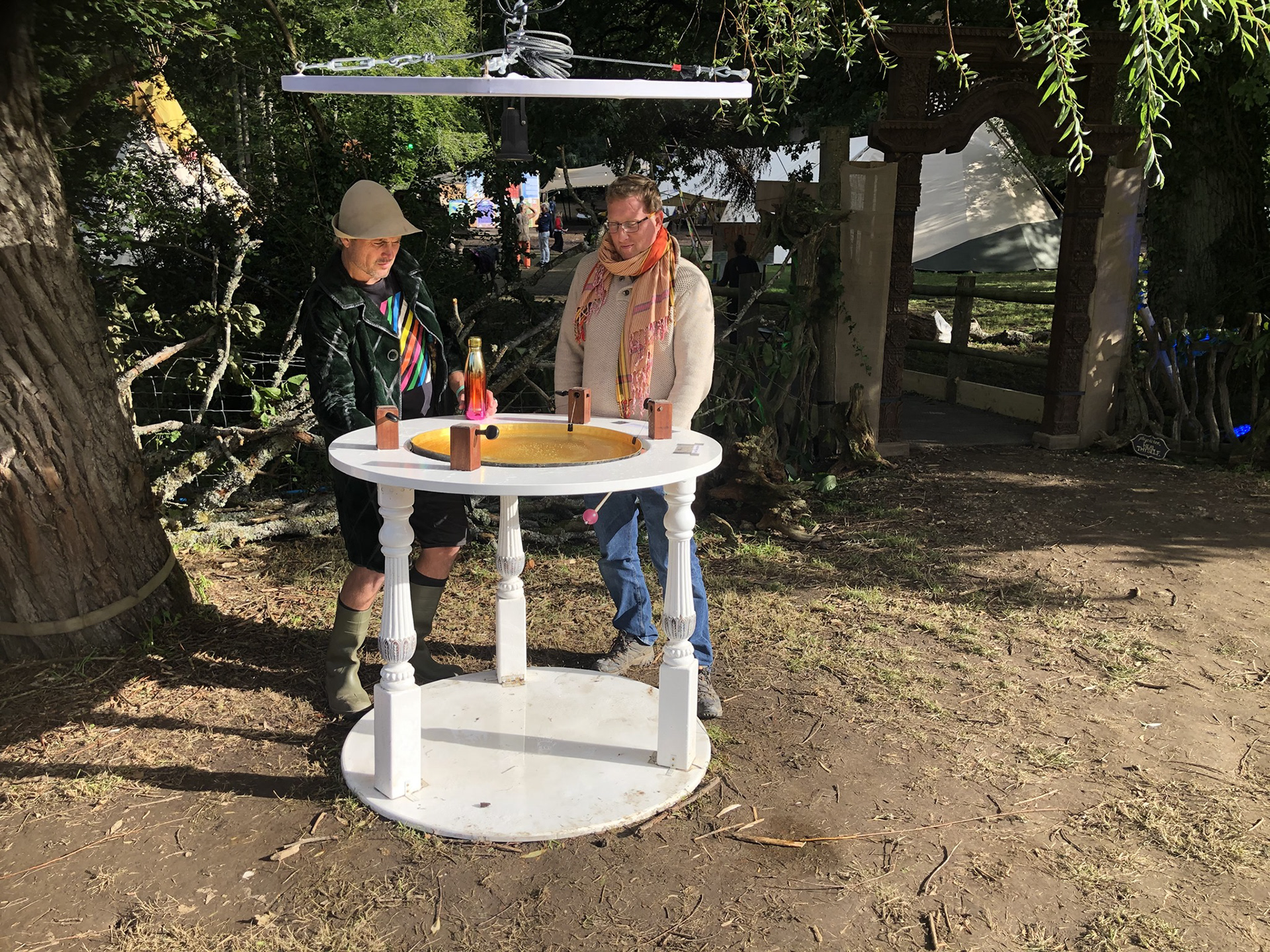

Golden Gong at night, making oscilloscope laser patterns off the water at night.
Exhibiting at one of the few legal UK festivals due to Covid-19 lockdowns - August 2020.
